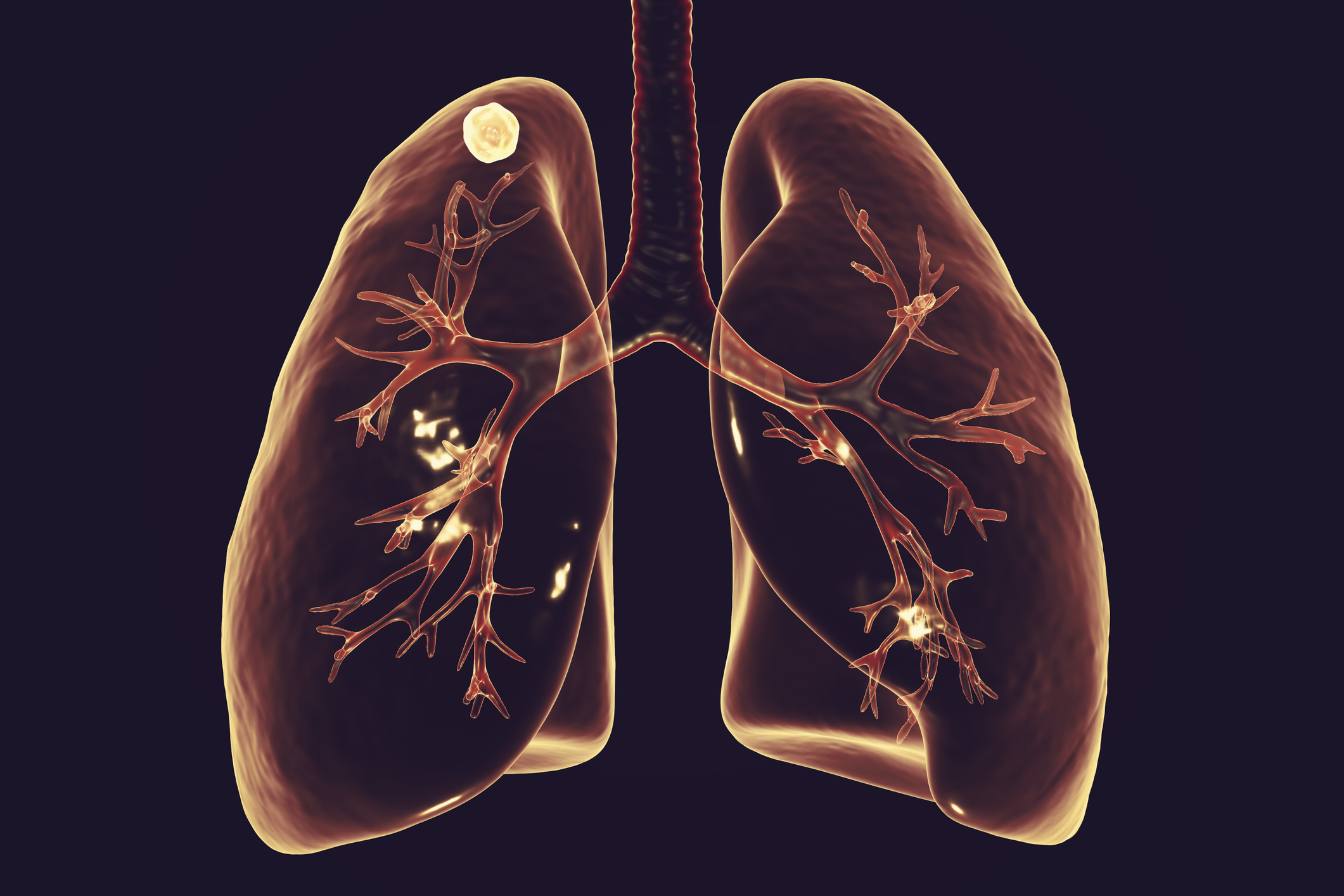If your doctor is considering prescribing a biologic drug—now given for a wide range of conditions from autoimmune diseases to cancer—you first will have to have a tuberculosis test. That’s because biologics suppress your immune system and, in turn, can allow TB that went dormant, called latent TB, to reactivate and produce aggressive illness. You don’t need to have had active TB before developing latent TB. In fact, only one in 10 people who are infected with TB develop active TB…the other nine develop latent TB.
How do you get tuberculosis? It’s not all that easy. In fact, it can take weeks or months of daily exposure to someone with active TB. But this could have happened to you years or even decades ago—maybe you took a lengthy trip abroad when you were younger or just happened to be in contact with someone who was infectious. Some people are super-spreaders…others don’t spread it very readily.
How do you get latent TB? Most of the time, the body fends off the bacteria and we don’t become ill. But we can’t always eliminate the TB bug, and it can hibernate in the body for decades. When latent, TB doesn’t cause any symptoms and you are not infectious. It does not show up on chest X-rays and can be identified only with a blood test (which is more accurate than the traditional skin test). The Centers for Disease Control and Prevention estimates that 13 million people in the US have latent TB, but general testing is recommended only in specific circumstances such as before starting a biologic medication.
Symptoms of tuberculosis reactivation: Persistent cough that becomes productive, particularly with blood in your sputum…chest pain…night sweats…and weight loss.
If you test positive for latent TB: You’ll be given tuberculosis medication, typically a three- or four-month course of the antibiotic rifampin. Despite progress toward eradicating TB in the US, it continues to be a worldwide problem.


